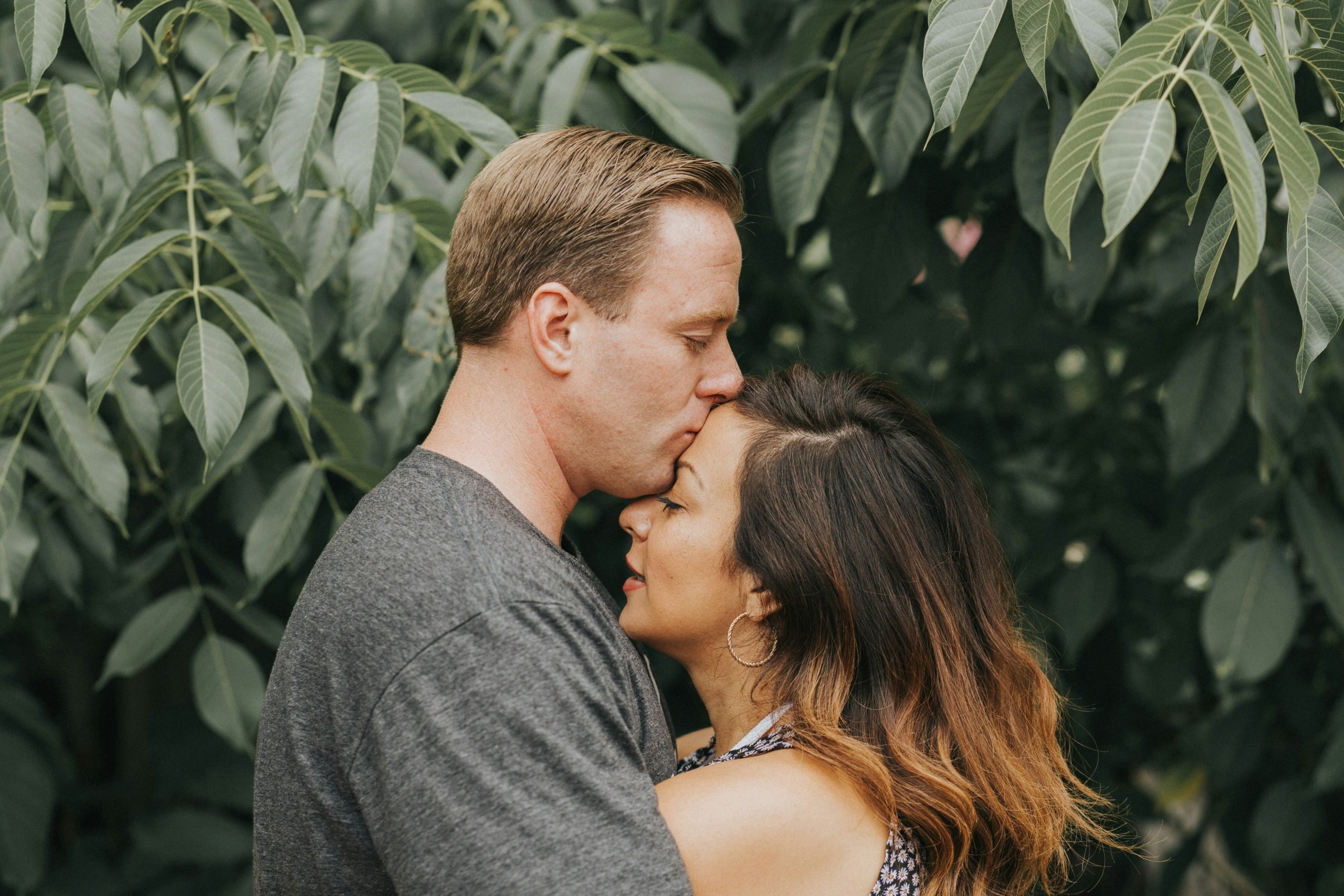At first glance, it might seem that people with an anxious attachment style would gravitate toward securely attached partners, who can provide the consistent reassurance they seek. However, many individuals with anxious attachment styles frequently end up in relationships with avoidantly attached partners, leading to what’s known as the “anxious-avoidant trap”. Here’s why:
1. Familiar Dynamics from Childhood:
- Unconscious Patterns: People tend to gravitate toward familiar relational dynamics, even if they are unhealthy. For those with anxious attachment, being drawn to avoidants mirrors the inconsistent care they received as children. In these relationships, the avoidant partner’s emotional unavailability replays the unmet needs from childhood, and the anxious individual feels compelled to “earn” love, much like they may have felt with their caregivers.
- Validation Cycle: Anxiously attached individuals seek constant validation and reassurance, while avoidants pull away when they feel overwhelmed by emotional intimacy. This push-pull dynamic can become a toxic cycle, but it may feel familiar or even addictive to the anxious partner, as it recreates the sense of striving for love that they experienced in childhood.
2. Complementary Fears:
- Fear of Abandonment vs. Fear of Intimacy: Anxiously attached individuals fear abandonment and are hyper-focused on maintaining closeness, while avoidants fear emotional overwhelm and prioritize independence. These fears, while opposing, can complement each other in dysfunctional ways. The anxious partner seeks reassurance, which can trigger the avoidant to retreat, reinforcing the anxious person’s fears and deepening the cycle.
- Unconscious Attraction: Both attachment styles may feel an unconscious pull toward one another because they each fulfill an unspoken “role” in this dance. For the avoidant, the anxious partner’s pursuit can feel validating at first, while the anxious person believes they can “fix” or “save” the avoidant, replaying their internal need for love and approval.
3. Intermittent Reinforcement:
- Emotional Highs and Lows: Relationships between anxious and avoidant partners often operate on intermittent reinforcement. This means the anxious partner occasionally gets the reassurance they crave, but it’s inconsistent. The emotional “high” when the avoidant partner gives affection becomes very powerful, making the anxious individual cling even more. This kind of reward system can be psychologically addictive.
- Fear of Loss: Both anxious and avoidant individuals may fear losing the relationship but for different reasons. The anxious person may fear being abandoned, while the avoidant may fear losing their independence. This dynamic keeps them locked in a relationship even though it may not be fulfilling for either party.
4. The Belief They Can Change the Avoidant:
- Unrealistic Expectations: Anxious individuals often believe they can “fix” the avoidant person by providing them with enough love and care. This is reflective of unmet childhood needs, where they may have similarly believed that earning love and attention was the key to securing emotional safety. This desire to change or “rescue” the avoidant partner reinforces the connection, even though it’s often detrimental to both.
Healing and Overcoming the Anxious-Avoidant Trap:
For someone with an anxious attachment style to break out of this cycle, it often involves:
- Self-awareness: Understanding their attachment style and why they are drawn to avoidant partners is the first step.
- Therapy: Working with a therapist, especially in attachment-focused therapies like Emotionally Focused Therapy (EFT) or Cognitive Behavioral Therapy (CBT), can help the anxious partner recognize these patterns and start forming healthier relationships.
- Developing Self-Worth: Building self-esteem and emotional resilience helps individuals rely less on external validation and break the cycle of anxious-avoidant relationships.
- Seeking Secure Partners: Once they recognize these unhealthy patterns, anxiously attached individuals can start seeking out securely attached partners, who can provide consistent emotional availability and reassurance, promoting a more balanced and secure connection.


